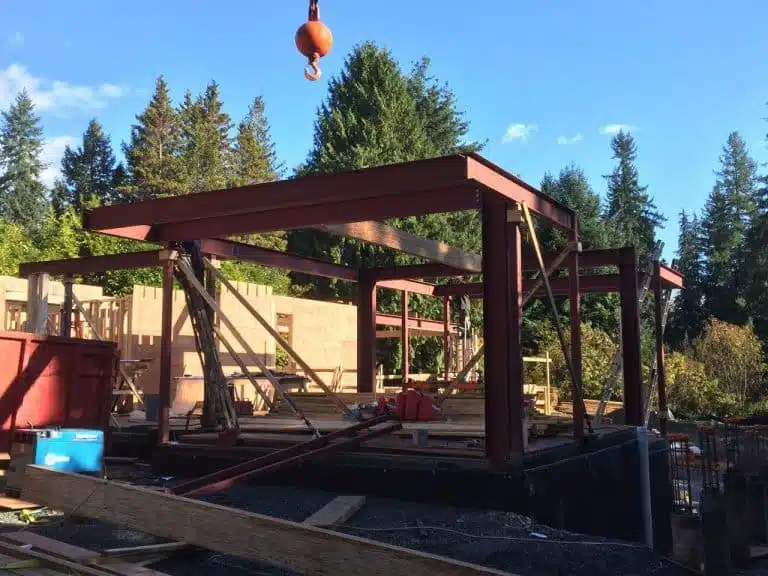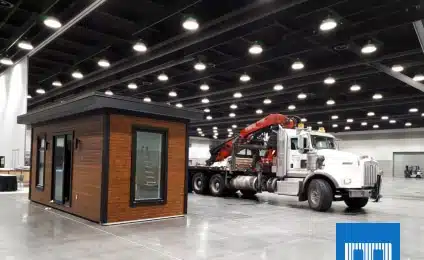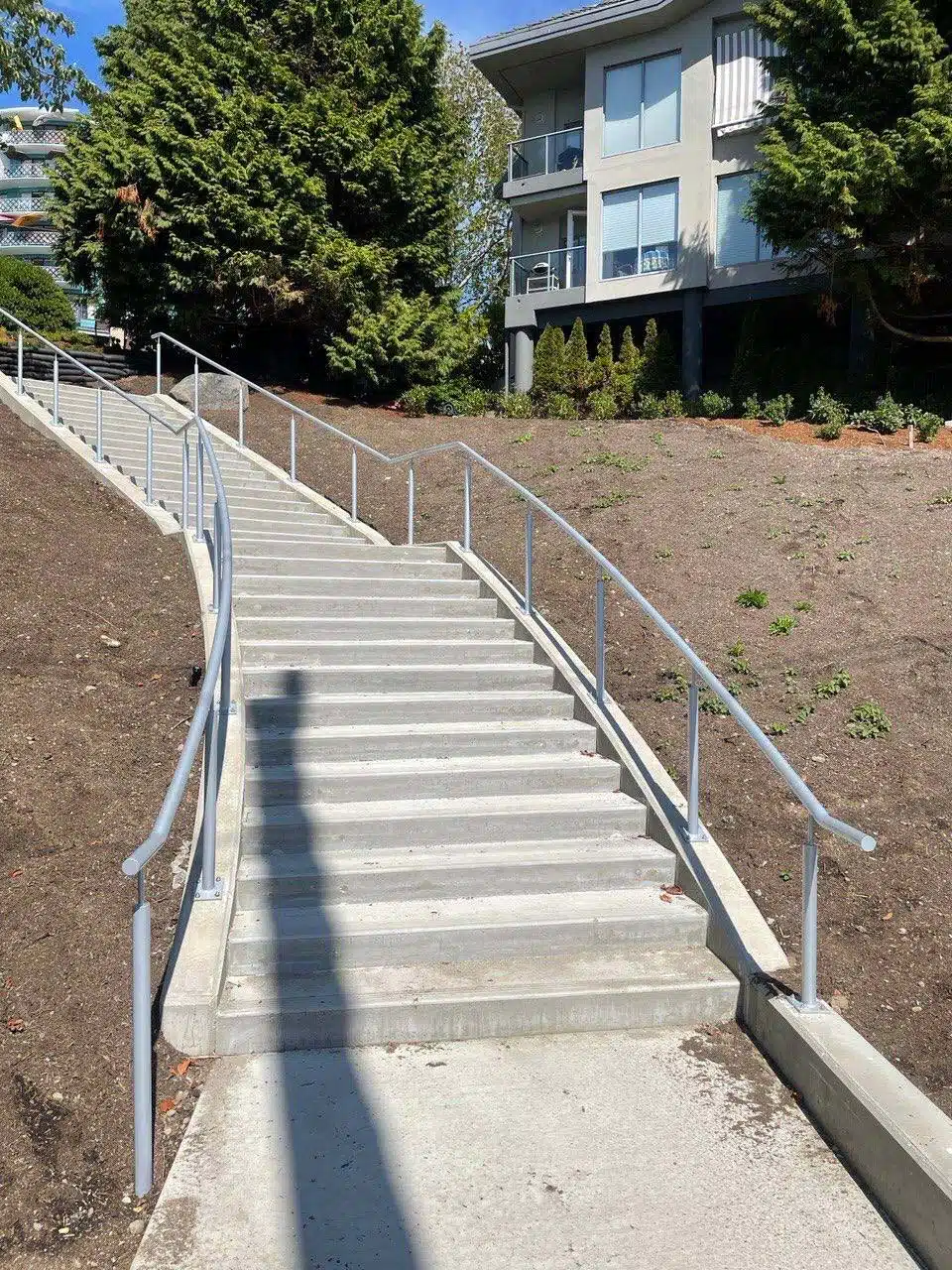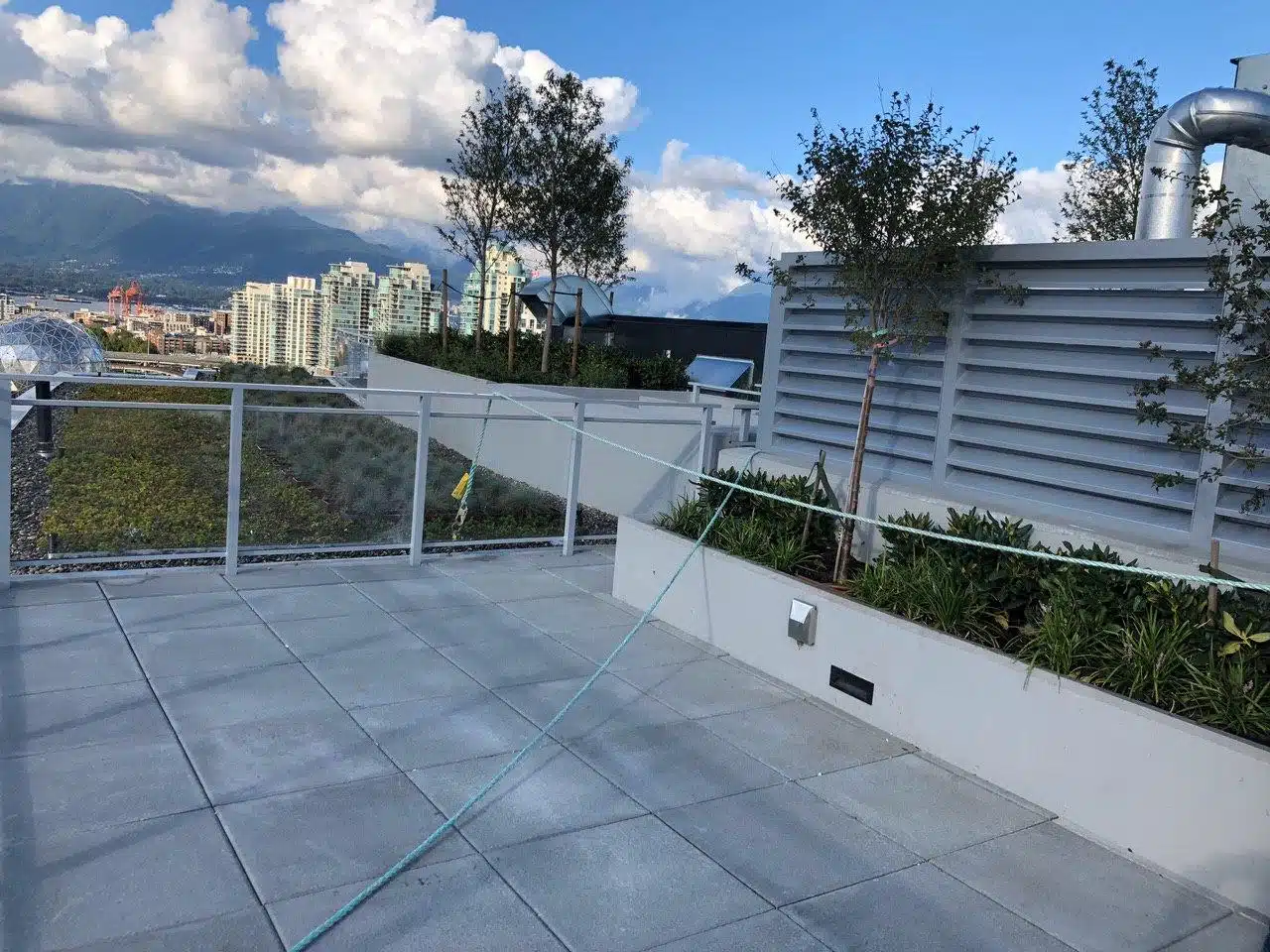I-beams and H-beams are critical components in structural steel design but differ significantly in shape, strength, and ideal applications. I-beams have a narrow, tapered flange and are lighter, making them suitable for smaller projects and unidirectional load-bearing. In contrast, H-beams feature wider, thicker flanges, providing more strength and stability, making them ideal for larger structures and multi-directional load-bearing.
This article explains these key differences in detail, helping you understand when and why to choose each beam type based on your project’s specific needs.
1. Overview of I-Beam and H-Beam
I-Beam
An I-beam, also known as a W-beam or Universal Beam, is a structural steel member shaped like a capital “I” when viewed from the side. The vertical middle section is called the web, while the top and bottom horizontal sections are called the flanges. The web resists shear forces, and the flanges resist bending moments. This distinctive design makes I-beams highly effective for vertical load-bearing applications.
H-Beam
H-beams, on the other hand, get their name from their appearance, resembling the letter “H.” Unlike I-beams, H-beams have wider and thicker flanges and are known for their equal dimensions of the web and flanges. This more symmetrical and robust structure enables H-beams to withstand both vertical and horizontal loads, making them highly versatile in construction.
2. Advantages and Disadvantages of Each Beam Type
Advantages of I-Beam
- Lightweight and easier to install: The lower weight of I-beams makes them easier to handle on-site.
- Cost-effective: I-beams are generally cheaper to manufacture and install.
- Versatile sizing: Available in a wide range of sizes for various applications.
Disadvantages of I-Beam
- Limited strength: I-beams are less effective in handling torsional and lateral loads.
- Not ideal for large spans: I-beams may fail to provide adequate support in long spans or heavy-duty projects.
Advantages of H-Beam
- Greater strength: H-beams offer superior load-bearing capacity due to their larger surface area.
- Ideal for large, heavy-duty structures: H-beams are perfect for longer spans and heavy loads.
- More resistant to twisting: The wider flanges provide better resistance to bending and torsion.
Disadvantages of H-Beam
- Heavier and more expensive: The larger amount of steel used in H-beams increases both weight and cost.
- Installation challenges: Heavier beams require more effort and resources to install.
3. Structural Design and Appearance
Design of I-Beam
The design of an I-beam is centered on efficiency. The narrow flanges make it suitable for bearing vertical loads, and the web transfers those forces downward. The flanges in I-beams taper slightly towards the edges, making them lighter and more economical for smaller construction projects. The overall “I” shape leads to good resistance to bending forces, primarily in one direction.
Design of H-Beam
In contrast, the H-beam has broader flanges and a thicker web, making the beam more resistant to twisting and bending in multiple directions. The flanges in an H-beam are much wider and do not taper, providing a more substantial surface area for load distribution. This structure gives H-beams a perfect “H” shape and the capacity to handle heavier loads across wider spans.
4. Manufacturing and Cost Considerations
Manufacturing Process
Both I-beams and H-beams are manufactured from rolled steel, but the process differs in terms of the final product’s dimensions. I-beams are produced by rolling the steel into the desired “I” shape, while H-beams require more material and often a more complex manufacturing process due to their thicker flanges and webs. This results in H-beams being heavier and stronger but also more costly to produce.
Cost Comparison
In terms of cost, I-beams are generally more economical due to their lighter weight and lower material usage. They are a preferred option for budget-conscious projects that don’t require heavy load-bearing beams. H-beams, being heavier and more robust, come with a higher price tag due to the larger amount of steel used in their construction. However, for projects where strength and durability are critical, the additional investment in H-beams is often justified by their performance.
5. Applications and Use Cases
The uses of these two iron beams are many, but in this article, we will focus on three of the most commonly used ones:
-
Canopy Application
Steel canopies, often supported by I-beams or H-beams, are commonly used in architectural designs to provide shade and weather protection. Due to their lightweight structure, I-beams are ideal for smaller canopies, while H-beams are used for larger installations requiring additional strength and stability. Canopies supported by these beams are typically found in commercial building entrances, parking structures, outdoor seating areas, and transit stations, where aesthetics and structural integrity are key. Discover more about our custom canopy solutions and see how we can elevate your project by visiting our Canopy Service Page.
-
Steel Structure Application
Steel structures are the backbone of many construction projects, especially industrial and commercial buildings. H-beams are preferred in heavy-duty applications due to their superior strength and ability to handle multi-directional loads. These beams are commonly used in warehouses, factories, and high-rise buildings, ensuring the structure can bear significant weight over large spans. With their lighter profile, I-beams are often found in smaller commercial projects or where unidirectional load-bearing is needed, such as in residential buildings or smaller industrial facilities.
-
Stair Application
Steel staircases built with I-beams offer both strength and design flexibility. I-beams are frequently used in staircase construction due to their ease of installation and sleek profile, making them suitable for modern and industrial architectural designs. These staircases can be found in commercial offices, residential complexes, and public buildings, where safety and durability are essential. For larger, more industrial-scale stairs, H-beams may provide the additional load-bearing capacity required for heavy traffic areas.
If you want to see these applications in action, we invite you to explore the T&F portfolio. Our work spans a range of projects, from intricate canopy designs to robust steel structures and staircases, showcasing our commitment to engineering excellence and innovative solutions.









